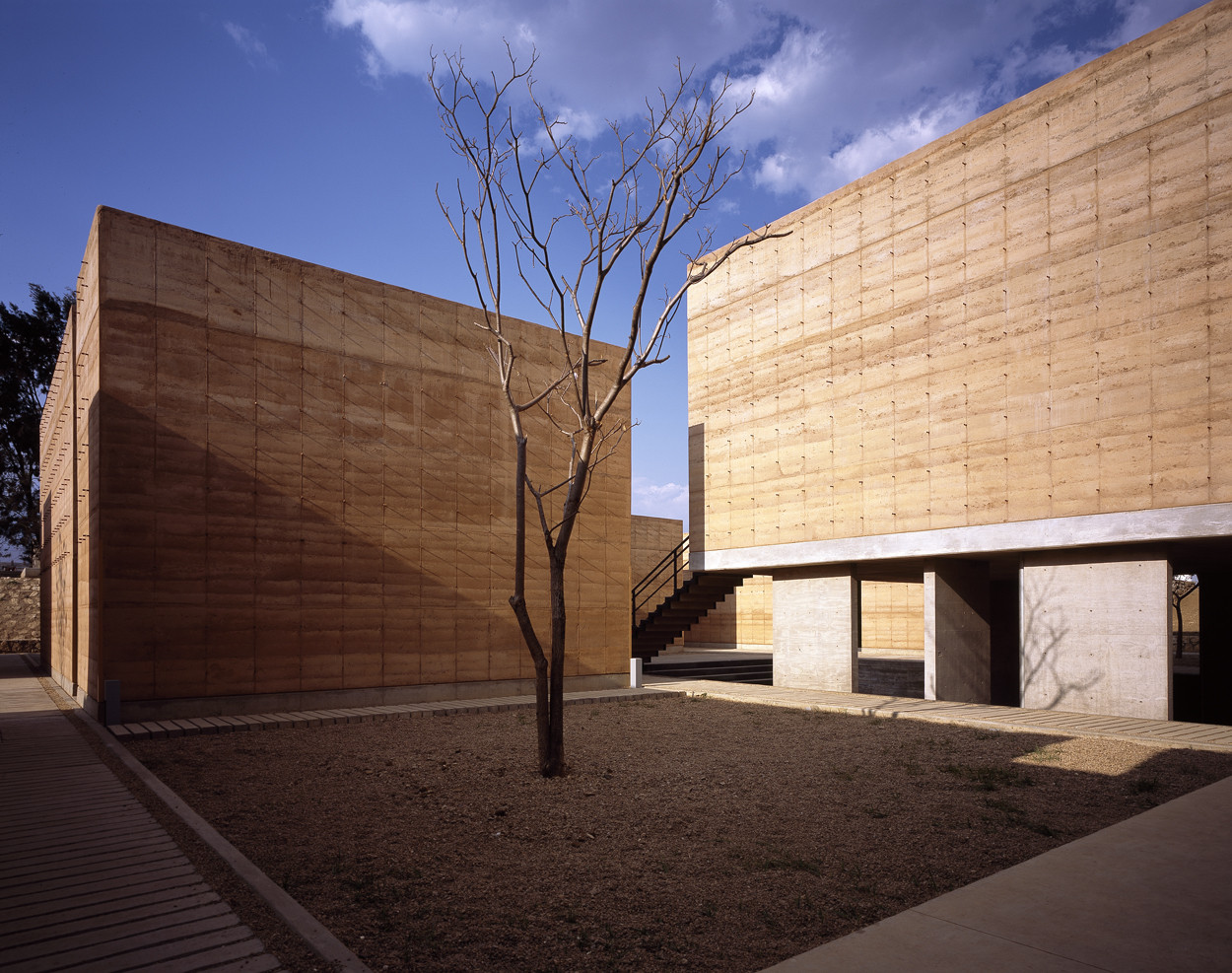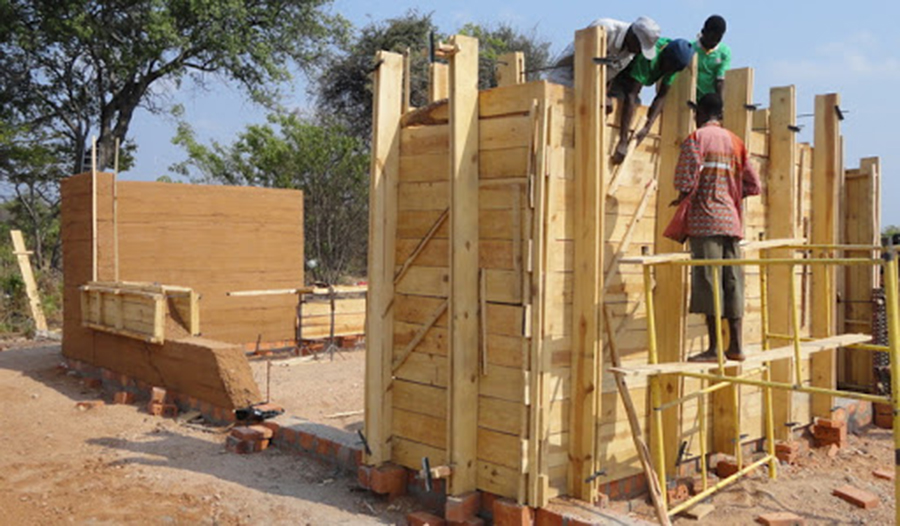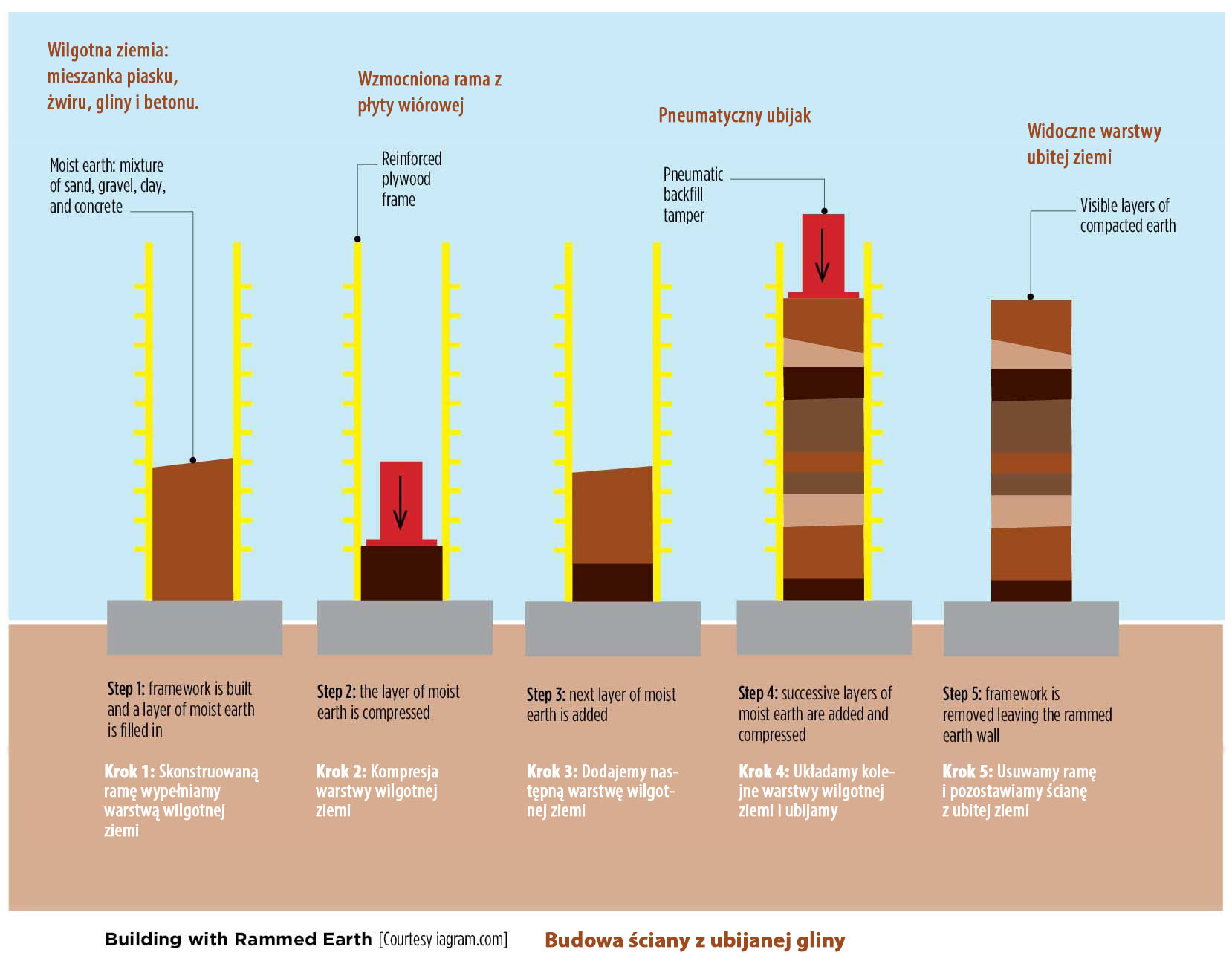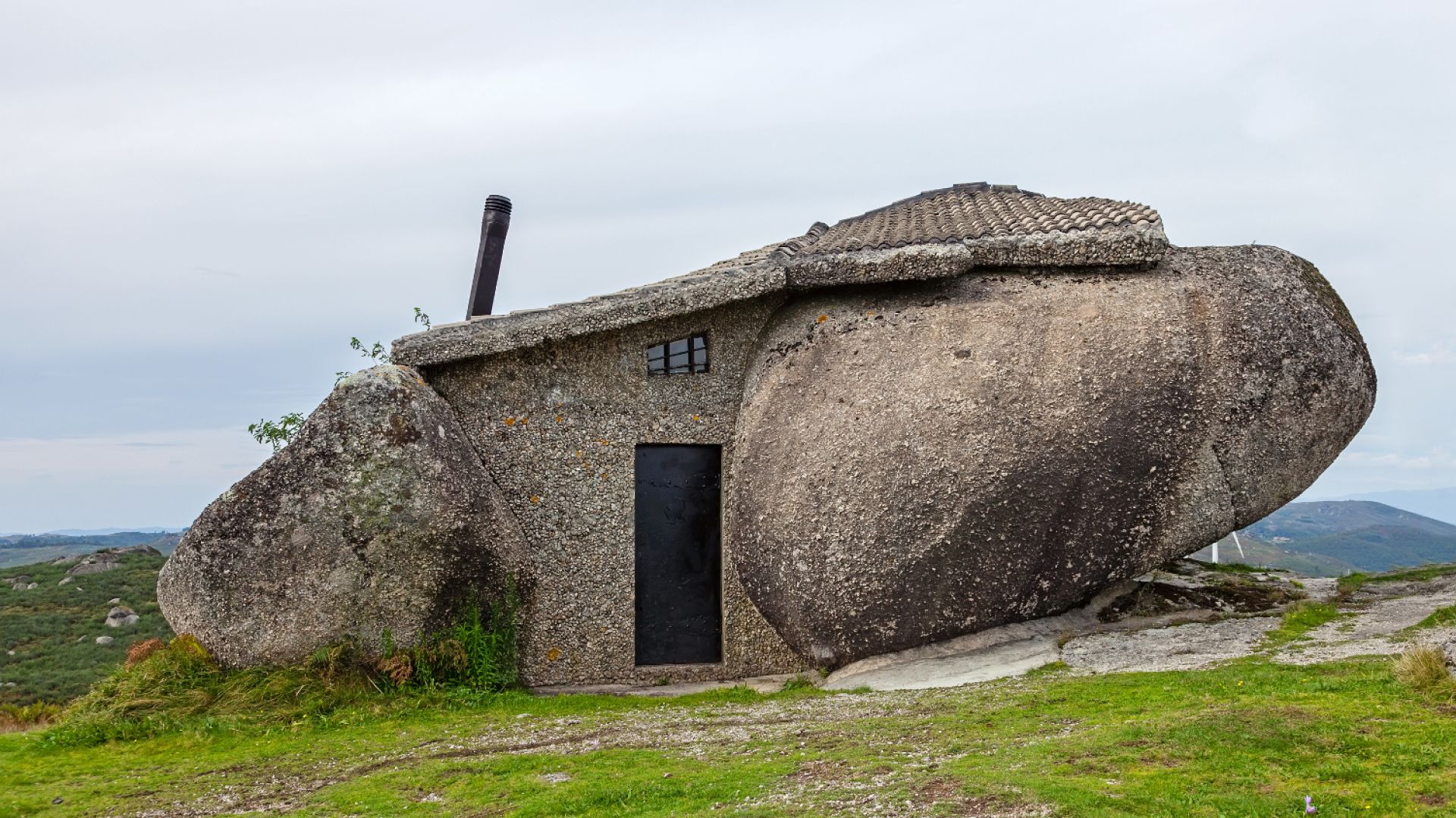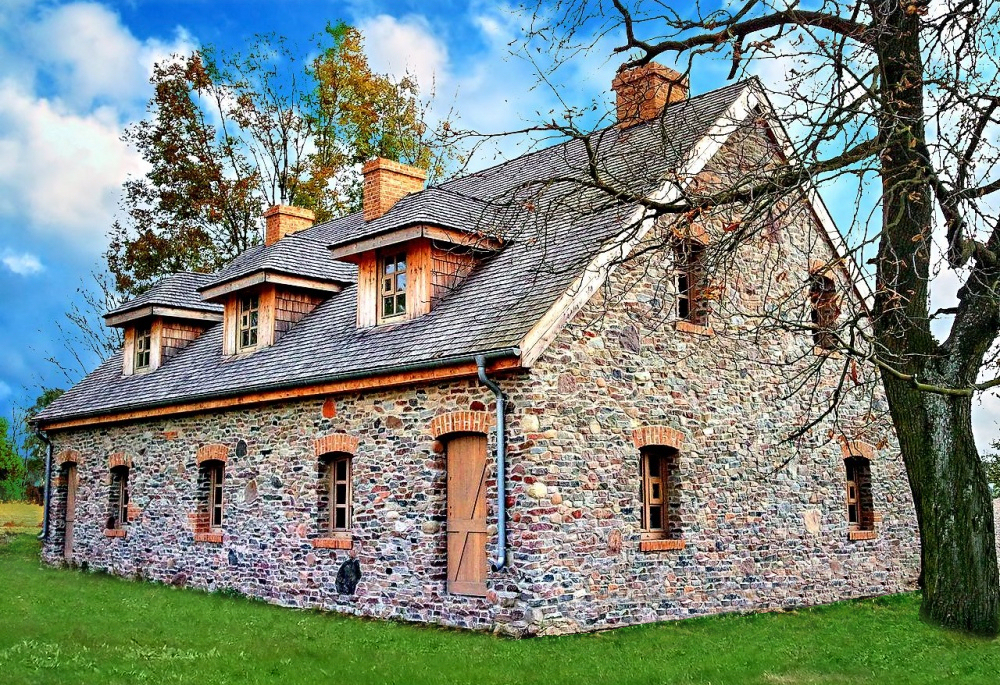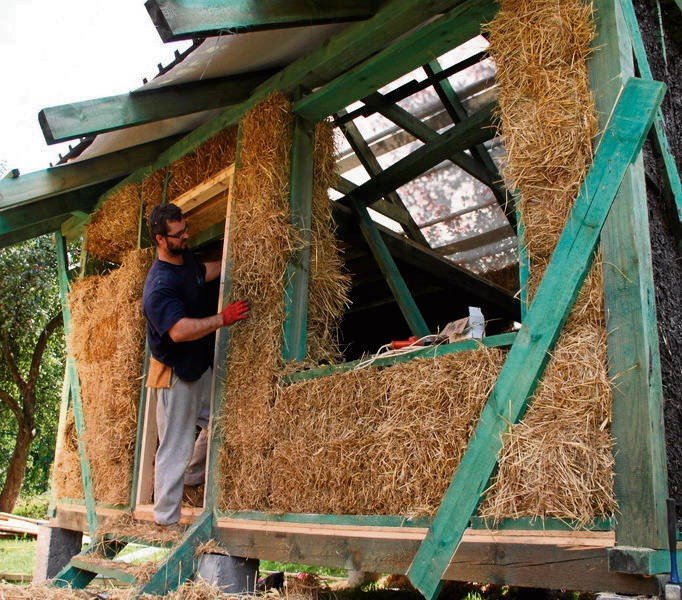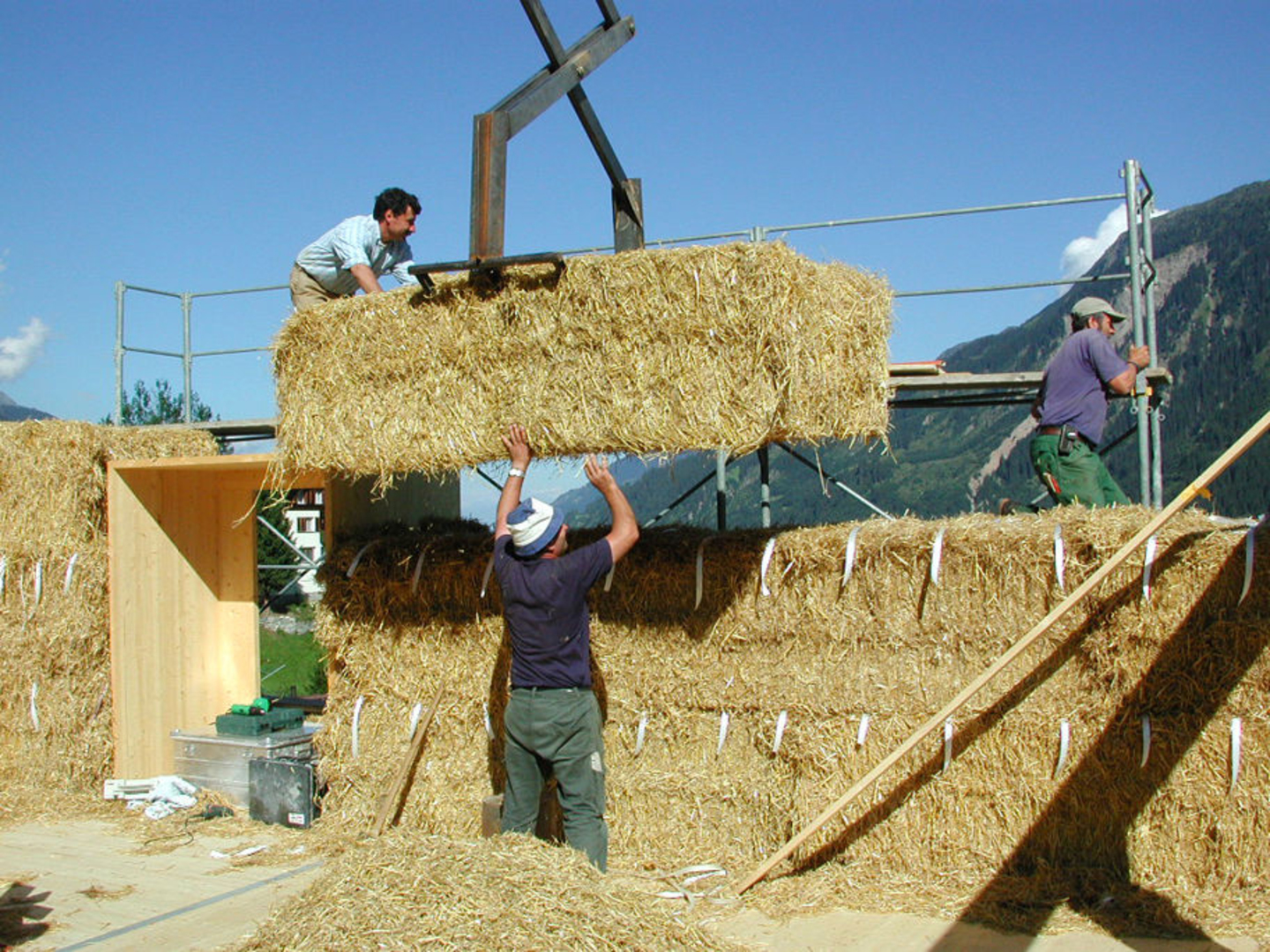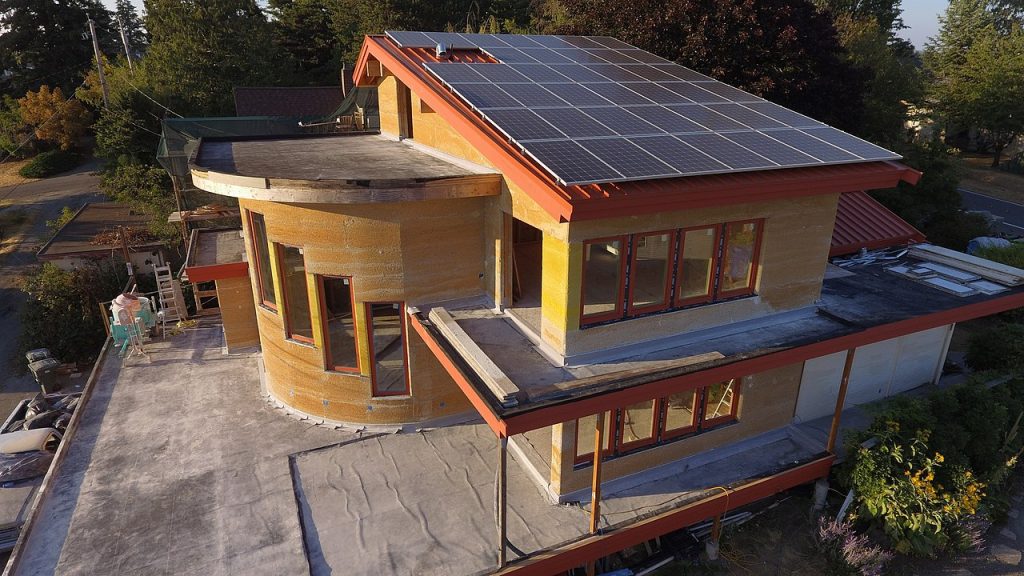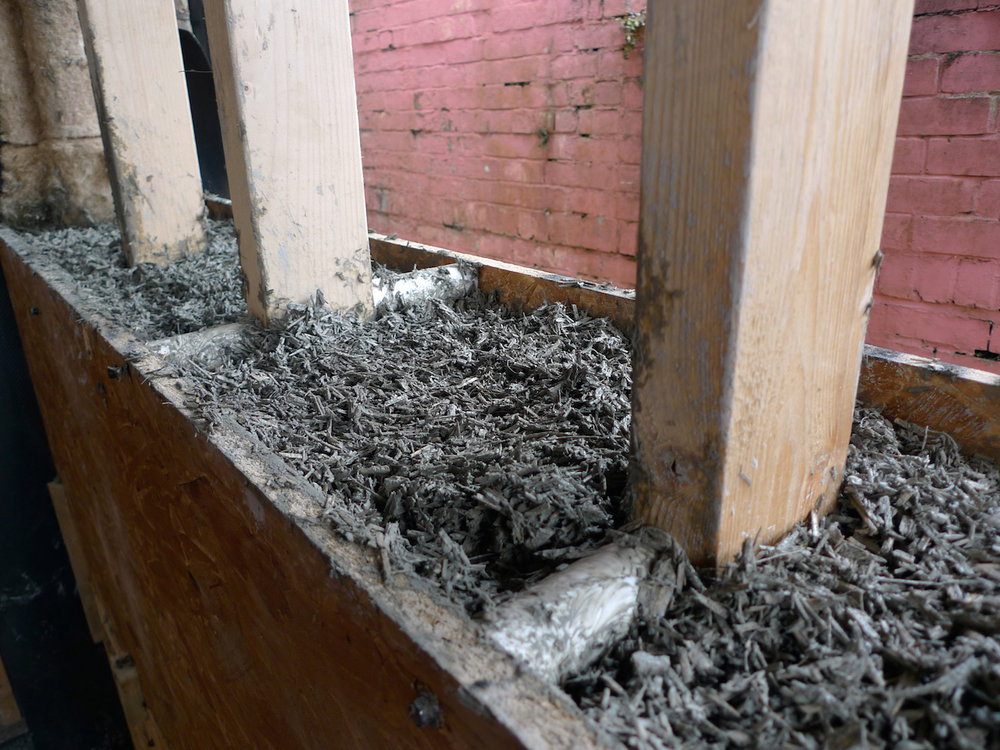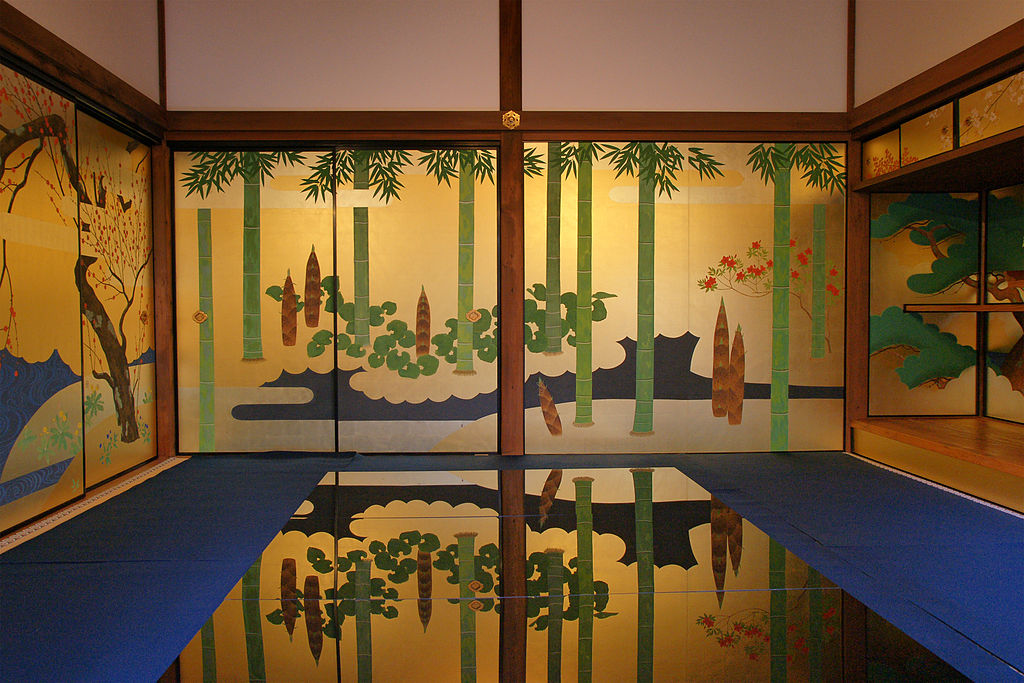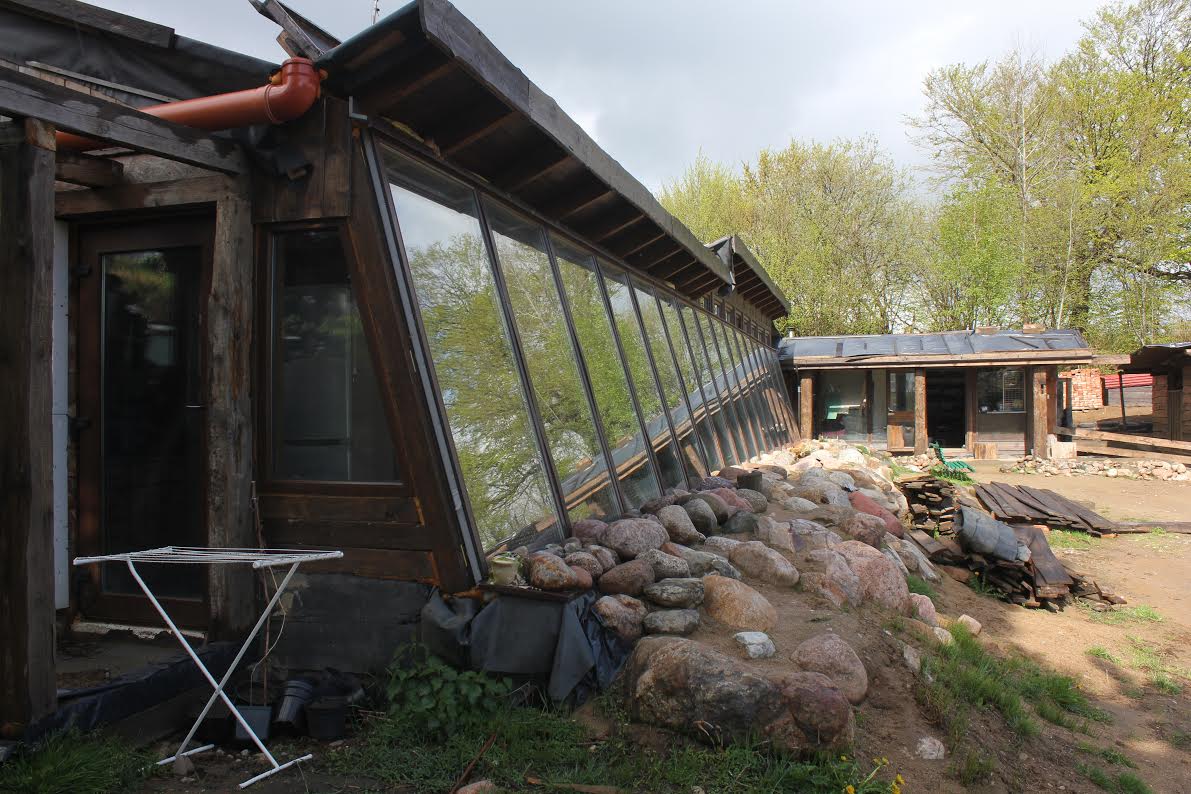
The techniques of building houses from natural materials have not changed much since several hundred years ago. Houses made of clay, wood and stones are built in the same way as before, only the tools changed. Straw buildings have only been built for a hundred years, and the methods of their construction are getting better and better. Designers pay attention to the energy efficiency of all buildings. It can also be obtained by building houses in the new hemp concrete technique. A mixed technique of building from natural and waste materials produces dugouts, or earthships*. An additional curiosity is the use of paper in construction.


